Washer repair Washing machine repair. A Second Chance for Washers: How We Transformed Broken Machines into Like-New Appliances

Introduction to Washer Repair and Washing Machine Repair
Washer repair Washing machine repair
A washing machine is an essential appliance in most households, making it crucial for it to be in proper working condition. When a washing machine malfunctions, it can disrupt our daily routines and cause inconvenience. Therefore, understanding the common problems faced by washing machines and knowing when to seek washer repair becomes essential.
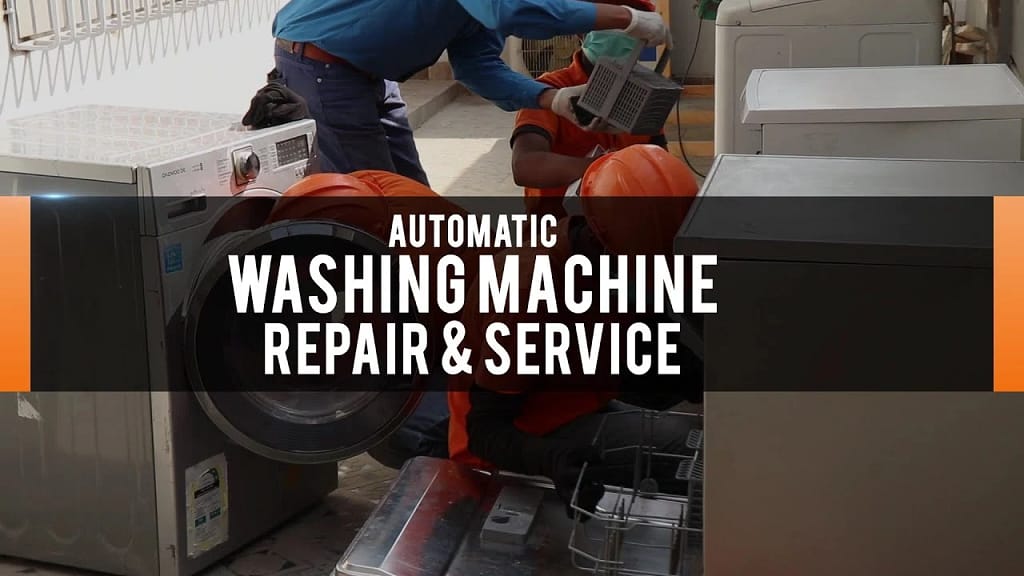
Importance of a properly functioning washing machine
Having a properly functioning washing machine is essential for several reasons. Firstly, it ensures that our clothes are cleaned effectively and hygienically. A malfunctioning washing machine may not clean clothes thoroughly or may leave detergent residue, leading to unsatisfactory results.
Secondly, a malfunctioning washing machine can waste water and energy. Leaking water or excessive water usage can increase water bills and harm the environment. By keeping our washing machines repair in optimal condition, we can minimize water and energy wastage.
Common problems faced by washing machines
There are several common problems that washing machines might face. These issues can range from minor inconveniences to major malfunctions. Some of the common problems include:
1. Leaking water or excessive water usage: This can be caused by faulty water inlet valves, damaged hoses, or problems with the water level sensor.
2. Strange noises or vibrations during operation: Unusual noises or vibrations may indicate issues with the bearings, tub suspension system, or motor.
3. Failure to start or turn on: A washing machine that fails to start or turn on may have problems with the power supply, control board, or door latch.
4. Inadequate cleaning or spinning performance: This can be caused by clogged filters, worn-out belts, or malfunctioning motors.
5. Error codes displayed on the control panel: Many modern washing machines display error codes when there is a problem. These codes can provide valuable information about the specific issue that needs to be addressed.
Signs that indicate the need for washer repair
To avoid major breakdowns and costly repairs, it is essential to identify the signs that indicate the need for washer repair. Some common signs include:
Leaking water or excessive water usage: If you notice water pooling around the washing machine or a sudden increase in your water bill, it is a clear indicator that there is a problem with the water inlet valves or hoses.
Strange noises or vibrations during operation: Any unusual sounds, such as grinding, squeaking, or banging, can indicate underlying issues with the bearings, suspension system, or motor.
Failure to start or turn on: If your washing machine refuses to start or turn on, it is likely due to a problem with the power supply, control board, or door latch.
Inadequate cleaning or spinning performance: If your clothes are not getting cleaned properly or are coming out wet after the spin cycle, it could be caused by clogged filters, broken belts, or malfunctioning motors.
Error codes displayed on the control panel: Modern washing machines are equipped with error code systems that can provide insight into the specific problem. If you see an error code on the control panel, refer to the manufacturer's manual or seek professional help to diagnose and repair the issue.
Common causes for washing machine issues
Understanding the common causes of washing machine issues can help in troubleshooting and repairing the appliance. Some common causes include:
1. Clogged or damaged water inlet valves: Over time, water inlet valves can become clogged with debris or start to deteriorate, leading to water leakage or inefficient water supply.
2. Malfunctioning drain pump or hose: A malfunctioning drain pump or clogged drain hose can lead to inadequate draining or leaking water during the wash or spin cycle.
3. Faulty motor or motor control board: Motors and motor control boards play a crucial role in the operation of a washing machine. Any malfunction in these components can result in a range of issues, such as failure to start, unusual noises, or inadequate spinning performance.
4. Defective door latch or switch: If the door latch or switch is faulty, the washing machine may not start or turn on. It is important to ensure that these components are in good working condition.
5. Worn-out or broken belts and pulleys: Belts and pulleys are responsible for rotating the drum and ensuring proper spinning action. If these components are worn out or broken, the washing machine may fail to spin or clean clothes effectively.
Steps to troubleshoot and repair a washing machine
While some minor issues can be resolved through simple troubleshooting steps, complex problems may require professional washer repair services. Here are some general steps to troubleshoot and repair a washing machine:
1. Identify the specific problem by observing the symptoms: Pay attention to any unusual sounds, leaks, or error codes displayed by the washing machine. This can help determine the root cause of the issue.
2. Disconnect the power supply for safety: Before attempting any repairs, it is crucial to disconnect the washing machine from the power source to avoid any electrical hazards.
3. Inspect and clean the water inlet valves and filters: Check the water inlet valves for clogs or damage. Clean them thoroughly and replace if necessary. Also, clean the filters to prevent blockage.
4. Check and remove any blockages in the drain pump or hose: Inspect the drain pump and hose for any blockages, such as lint or debris. Clear them out to ensure proper drainage.
5. Test and replace faulty components such as motors or switches: If you suspect a faulty motor or switch, test them using a multimeter to determine if they need to be replaced.
6. Replace damaged belts and pulleys: Inspect the belts and pulleys for wear and tear. Replace them if they are damaged or broken.
Hiring a professional for washer repair
While some washing machine issues can be resolved through DIY troubleshooting and repair, complex problems are best left to professionals. Here are some benefits of hiring professional repair services:
1. Expertise and experience: Professional repair technicians have in-depth knowledge and experience in diagnosing and repairing various washing machine problems. They can quickly identify the issue and provide effective solutions.
2. Time and cost-saving: By hiring professionals, you can avoid wasting time and effort on guesswork or trial and error repairs. They can efficiently resolve the issue, saving you both time and money in the long run.
3. Warranty protection: If your washing machine is still under warranty, hiring professional repair services can ensure that any repairs or replacements are carried out without voiding the warranty.
Factors to consider when choosing a repair service provider
When choosing a repair service provider for your washing machine, consider the following factors:
1. Reputation and reliability: Choose a repair service provider with a good reputation and positive reviews from previous customers. Look for professionals who are known for their reliability and high-quality service.
2. Convenience and availability: Opt for a repair service provider that offers convenient scheduling options and prompt availability to minimize disruptions to your daily routine.
3. Expertise and certifications: Ensure that the service provider has certified technicians who are trained in repairing your specific washing machine brand and model.
4. Customer service and warranty: Look for repair service providers who offer excellent customer service and provide warranty coverage for their repairs.
Cost considerations and warranty information
The cost of washer repair services can vary depending on the complexity of the issue, the brand and model of the washing machine, and the service provider. It is advisable to get multiple quotes and compare them before making a decision.
Additionally, check if your washing machine is still under warranty. If it is, contact the manufacturer or refer to the warranty documentation to understand the coverage and options available for repairs.
Preventive measures to maintain a washing machine
To extend the life of your washing machine and reduce the likelihood of major breakdowns, follow these preventive measures:
1. Regular cleaning of the drum, detergent dispenser, and filters: Clean the drum and detergent dispenser regularly to prevent the buildup of dirt and residue. Also, clean and clear the filters to ensure efficient water flow.
2. Ensuring proper loading and distribution of laundry: Overloading the washing machine can strain the motor and suspension system. Distribute the laundry evenly to prevent excessive vibrations and wear and tear.
3. Using the correct amount and type of detergent: Follow the manufacturer's guidelines for the appropriate amount and type of detergent to use. Using too much detergent can lead to excess sudsing and cause damage to the machine.
4. Regular inspection and maintenance of hoses and connections: Check the hoses and connections for any signs of wear, leaks, or blockages. Replace any damaged or faulty parts promptly.
5. Promptly addressing any minor issues before they escalate: Keep an eye out for any minor problems and address them promptly to prevent them from turning into major issues. Regularly check for leaks, unusual noises, or error codes and take appropriate action.
Conclusion
Maintaining a properly functioning washing machine is crucial for effective laundry cleaning and minimizing disruptions to our daily routines. By being aware of the common problems faced by washing machines, understanding the signs that indicate the need for washer repair, and knowing the steps to troubleshoot and repair the appliance, we can extend its lifespan and avoid costly breakdowns. Additionally, hiring professional repair services for complex issues and following preventive measures can further enhance the performance and longevity of our washing machines.
Gallery














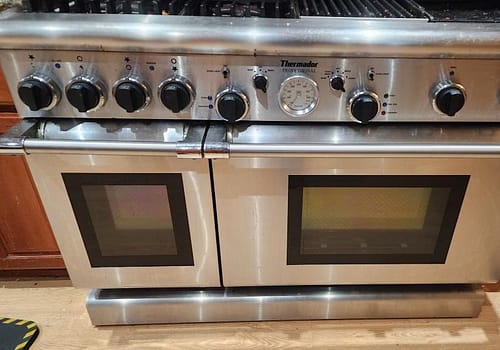
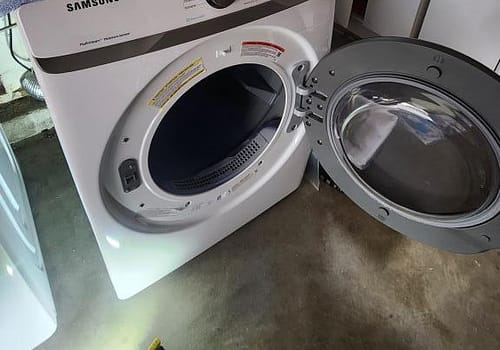

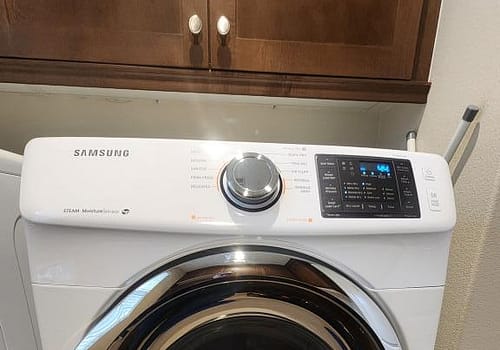
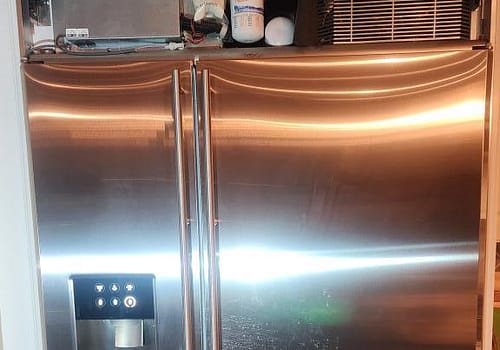
Comments: